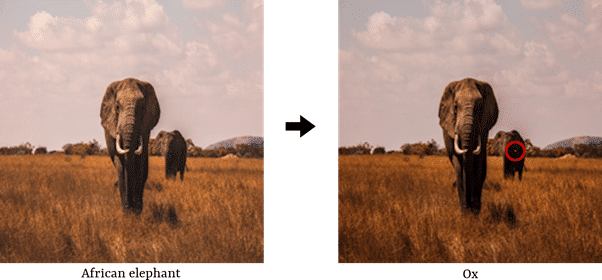The aging population is a phenomenon that can be seen in most western nations and beyond. To care for all these elderly people a growing portion of the employed has to work in the healthcare sector. Yet, this cannot continue forever, as other sectors are also vital to a heathy economy. For this reason, governments like the one in the Netherlands are putting restrictions on the number of employees that will be working in the future healthcare sector (NOS, 2022). Since the number of employees will not grow there is one obvious alternative: various AI solutions that can reduce the workload for existing employees. These can be implemented online to give medical advice or alternatively they can be used in robots to assist with some of the physical work like moving patients from a wheelchair to their bed (Mukai et al, 2010).
However, introducing AI in healthcare also brings with it some serious ethical concerns. Chief among them is the risk of isolation (Sharkey & Sharkey, 2010). Elderly people are already one of the most isolated groups in society, with the introduction of AI one of their frequent human interactions is further diminished which increases the risk of loneliness. What further compounds this issue is that loneliness is associated with an increased risk of dementia, which makes introducing AI even harder (Fratiglioni et al, 2000). One solution for this could be the introduction of conversation bots that can talk to the elderly, although this is also not without ethical concerns. After all, is a conversation with a robot really a substitute for a human or are we fooling them into thinking they are building a meaningful connection (Sparrow, 2002).
There is also the risk of (the perceived) lack of privacy (Sharkey & Sharkey, 2010). Because robots must be monitoring all the time in order to function properly, it will feel like a security camera that walks around in the house. This transforms what is supposed to be a private place into one with no privacy at all. Even when the robot immediately deletes the information just the feeling of always being watched can lead to serious stress issues.
Given the aging population it seems almost inevitable that some form of AI will be used. However, to avoid a situation where this solution does a lot of united harm these ethical questions should be considered before implementation.
Bibliography
Fratiglioni, L., Wang, H., Ericsson, K., Maytan, M., & Winblad, B. (2000). Influence of social network on occurrence of dementia: a community-based longitudinal study. The Lancet, 355(9212), 1315-1319. https://doi.org/10.1016/s0140-6736(00)02113-9
MUKAI, T., HIRANO, S., NAKASHIMA, H., & SAKAIDA, Y. (2010). 1A1-E24 Realization of Patient-Transfer Tasks Using Nursing-Care Assistant Robot RIBA and Its Safety Measures. The Proceedings Of JSME Annual Conference On Robotics And Mechatronics (Robomec), 2010(0), _1A1-E24_1-_1A1-E24_4. https://doi.org/10.1299/jsmermd.2010._1a1-e24_1
Nieuw zorgakkoord: aandeel werkenden in zorg moet niet verder stijgen. NOS. (2022). Retrieved 13 October 2022, from https://nos.nl/artikel/2443630-nieuw-zorgakkoord-aandeel-werkenden-in-zorg-moet-niet-verder-stijgen.
Sharkey, A., & Sharkey, N. (2010). Granny and the robots: ethical issues in robot care for the elderly. Ethics And Information Technology, 14(1), 27-40. https://doi.org/10.1007/s10676-010-9234-6
Sparrow, R. The March of the robot dogs. Ethics and Information Technology 4, 305–318 (2002). https://doi.org/10.1023/A:1021386708994



